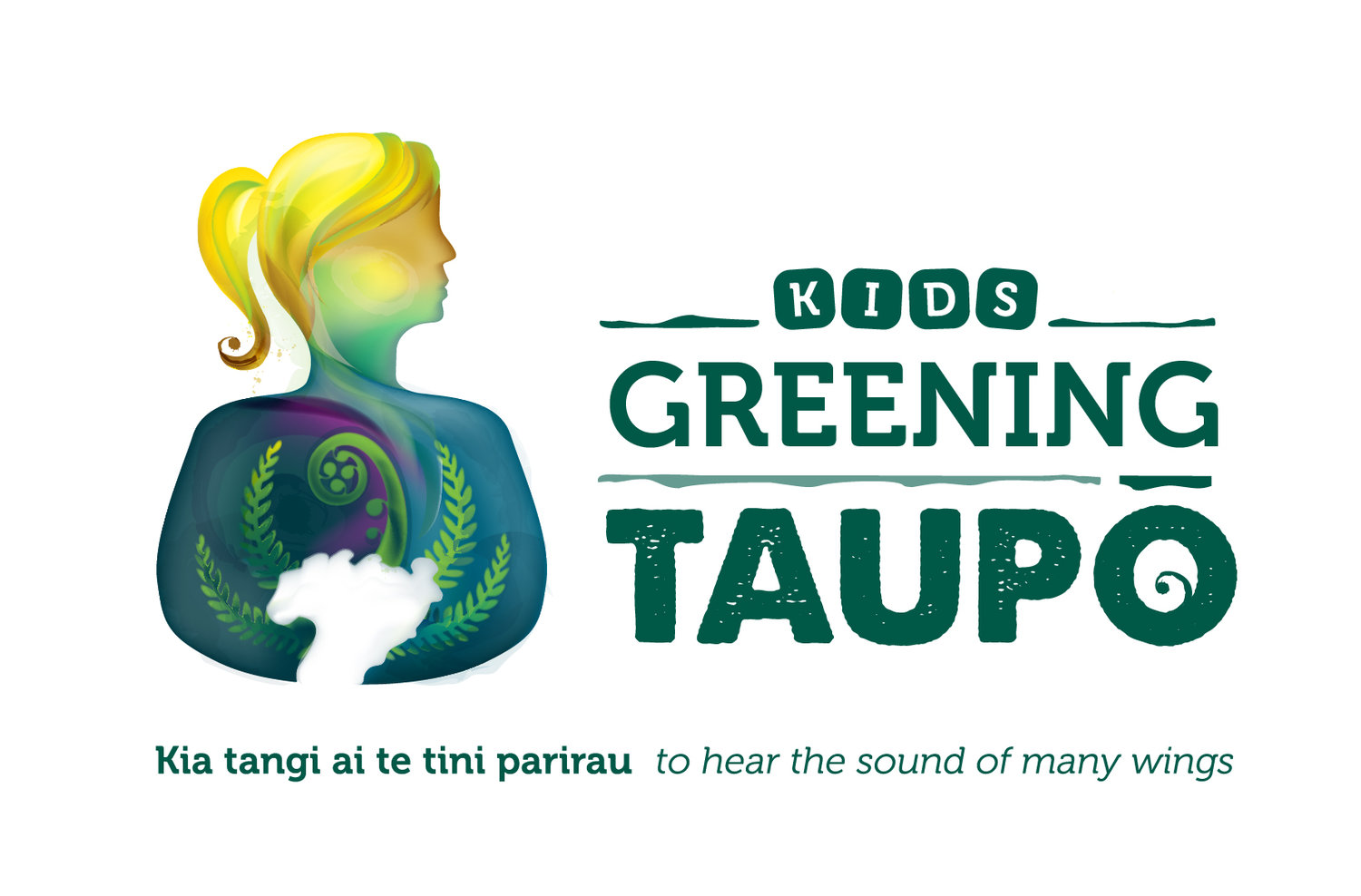Lichen Scavenger Hunt
Do you know what the oldest known living organism on the planet is? It’s a lichen in the Arctic that has been growing one centimetre per century (every 100 years) and scientists estimate that it’s about 8600 years old! Imagine the things that it has seen in its lifetime! But what is a lichen and how can it survive such extremes over so many years?
You can probably walk around your house or school and find examples of lichen all over the place, on the bark of trees, on the fence, on the road, and on rocks. Is it a fungi? Yes… and no! Watch this video to find out more about fascinating lichen, and how it is actually two organisms, fungi and algae, working together. It is truly fascinating to learn about how these two organisms can support each other and work together to become something very special.
‘The algae, with the protection of the fungi’s filaments, can grow in a much drier place than if it were on its own. Because of this, lichens can tolerate extreme climates like dry, arid deserts and freezing tundra. In places where true plants cannot survive, lichens are a huge contributor of oxygen to the atmosphere. This may be important when climate change causes more extremes in temperatures around the globe. Lichens have the ability to simply go dormant when conditions are too severe, and the filaments of the fungi will protect the organism until conditions are better. In cold climates, lichens are able to photosynthesize even when frozen, obtaining water from snow and the saturated air. Some Arctic map lichen have been found to date back 8,600 years, making them the world’s oldest known living organisms.’
Source: https://www.schlitzaudubon.org/2021/05/17/survival-strategies-of-lichen/
The photos above are of our favourite lichens, coral lichen and reindeer lichen. Big fluffy areas of these can be spotted in harsh environments such as frost flats and hot geothermal areas.
Do you know how to tell the difference between lichen and moss? HERE is a great website that explains “a moss is a simple plant, and a lichen is a fungi-algae sandwich.... Lichen lack leaves of any kind... which is an easy way to tell them apart."
You may have never really noticed lichen before, but hopefully you will appreciate it now when you spot it. Something that is easily overlooked is not only fascinating, but also really useful. Scientists use lichen to evaluate air pollution by extracting toxins from its fibres. They also use them to work out how old rocks and glaciers are, this is called lichenometry!
After watching the video, go on a lichen hunt! How many of these kinds of lichen can you find? Click on the image to download and print the pdf for free.








